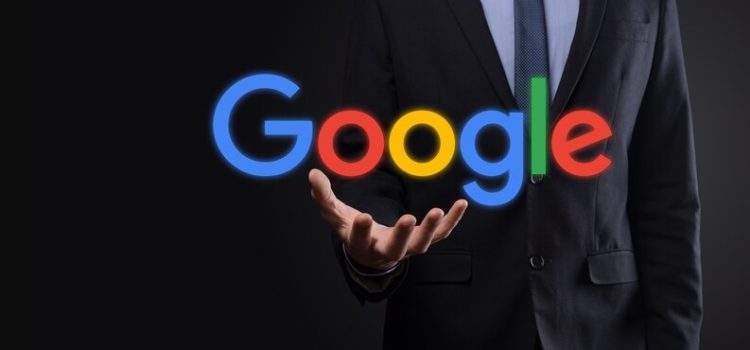
Introduction: Microsoft Teams vs. Google Chat
In the modern world of remote work and global connectivity, effective team collaboration is essential. Microsoft Teams and Google Chat have emerged as two major contenders in the field, each offering unique features and capabilities. This article aims to provide a comprehensive comparison between Microsoft Teams and Google Chat, helping you choose the perfect collaboration tool for your team’s needs.
Features and Functionality:
Both Microsoft Teams and Google Chat offer a plethora of features designed to streamline communication and enhance productivity. Microsoft Teams excels in its integration with other Microsoft Office tools, allowing seamless document sharing and real-time co-editing. On the other hand, Google Chat seamlessly integrates with Google Workspace apps, providing a cohesive ecosystem for communication and collaboration. The choice here depends on your team’s familiarity with either platform and your preferred set of tools.

Integration and Compatibility:
Microsoft Teams enjoys deep integration with Microsoft 365, making it an attractive choice for businesses heavily reliant on Microsoft’s suite of applications. Google Chat, on the other hand, effortlessly integrates with Google Workspace, offering a smooth experience for users already accustomed to Google’s tools. Consider your team’s existing tech stack and workflows to determine which platform’s integration suits you better.
User Experience:
User experience plays a vital role in the adoption of any collaboration tool. Microsoft Teams boasts a user-friendly interface with a focus on threaded conversations, channel organization, and direct file access. Google Chat, inspired by popular messaging apps, offers a chat-centric interface with virtual rooms for team discussions. Your team’s preference for either a chat-oriented or a channel-oriented approach will dictate the better choice.
Security and Privacy:
Security is a paramount concern when it comes to team collaboration platforms. Microsoft Teams offers advanced security features, including data encryption, multi-factor authentication, and compliance certifications. Google Chat also provides robust security measures, leveraging Google’s expertise in safeguarding data across its services. Evaluate the security features of both platforms based on your organization’s data protection needs.
Pricing Plans:
Pricing is a crucial factor for most businesses when choosing a collaboration platform. Microsoft Teams offers a range of plans, often bundled with Microsoft 365 subscriptions, catering to various organizational sizes. Google Chat comes as part of Google Workspace, with tiered pricing based on features and storage. Compare the pricing structures and assess which aligns with your budget and requirements.
Making Your Choice:
In the great debate of Microsoft Teams vs. Google Chat, the ultimate decision boils down to your team’s specific needs and preferences. If your team relies heavily on Microsoft tools and prefers channel-based communication, Microsoft Teams might be your champion. Conversely, if your team is already invested in Google Workspace and values a chat-centric interface, Google Chat could be the ideal choice. Consider factors like integration, user experience, security, and pricing to make an informed decision.
Conclusion:
In the end, both Microsoft Teams and Google Chat offer robust solutions for team collaboration. By examining their features, integration, user experience, security, and pricing, you can confidently select the platform that aligns with your organization’s goals. Whether you’re leaning towards the familiarity of Microsoft Teams or the seamless Google ecosystem of Chat, your team collaboration champion awaits.










